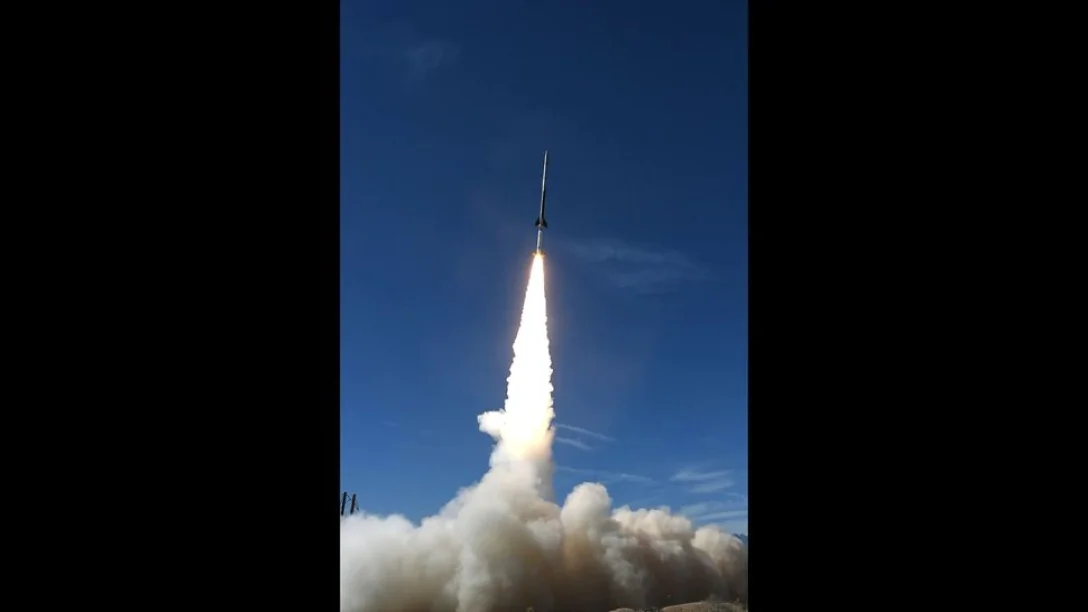Scientists will send rockets into the upper layers of the Earth’s atmosphere when part of our planet is plunged into complete darkness.
On April 8, some parts of North America will be plunged into darkness as the Moon will completely cover the Sun during a total solar eclipse. NASA scientists are going to take full advantage of a few minutes of total darkness and launch three rockets with scientific instruments into the upper atmosphere at once. Scientists want to find out how the temporary blocking of sunlight affects the Earth’s air shell, IFLScience writes.
It is known that the transition from day to night causes a dramatic change in temperature, but scientists know little about how short periods of darkness affect the part of our atmosphere called the ionosphere. It is located at an altitude of 90 to 500 km above the planet’s surface and is exposed to sunlight throughout the day.
Sunlight, of course, affects all parts of the atmosphere, but the ionosphere is a creation of this light. High-energy photons split atoms into electrons and positively charged ions. At night, they recombine, so the ionosphere shrinks. Weather conditions in the lower atmosphere also play a role, creating a more complex picture.
According to the scientists, the ionosphere is an electrified region that reflects and refracts radio signals and affects satellite communications. Therefore, understanding the processes that occur in the ionosphere is important.

Photo: NASA
A NASA rocket was launched during a partial solar eclipse last October to study how a sudden drop in sunlight levels affects the Earth’s upper atmosphere.
During solar eclipses, scientists have a chance to get much more information. And on April 8, during a total solar eclipse, NASA will send three rockets with scientific instruments into the atmosphere at once. They will study the ionosphere at an altitude of 420 km during the peak of the eclipse, as well as 45 minutes before and 45 minutes after the astronomical phenomenon.
Last October, NASA scientists sent rockets into the ionosphere during a partial solar annular eclipse and found that the decrease in sunlight caused distortions that could affect radio and satellite communications. Now they want to repeat the same experiment and find out whether the same distortions appear at the same height and whether their scale is maintained.
Past observations have revealed atmospheric waves that affect the entire eclipse trajectory, as well as more localized distortions that can interfere with radio signals. Changes in the atmosphere were recorded due to changes in temperature and plasma density.
This time, the instruments on the rockets will compare the density of charged and neutral particles at three points during a total solar eclipse.

